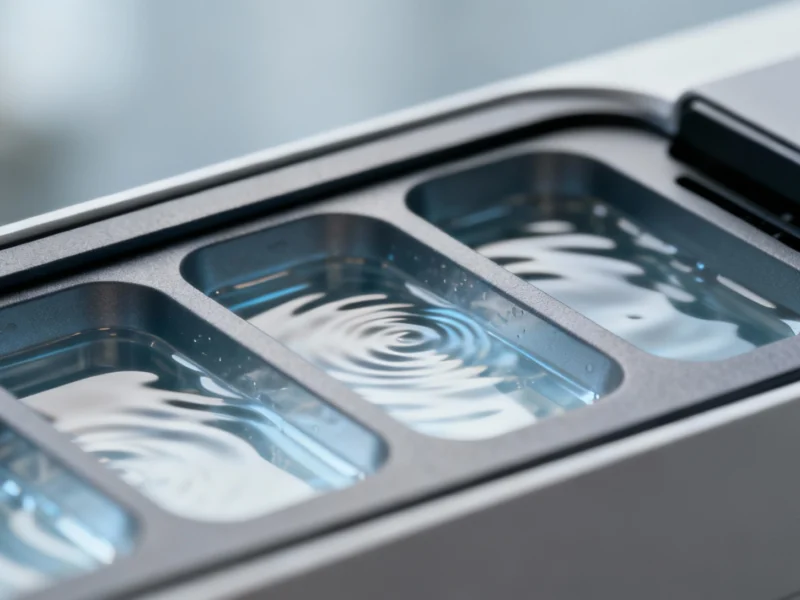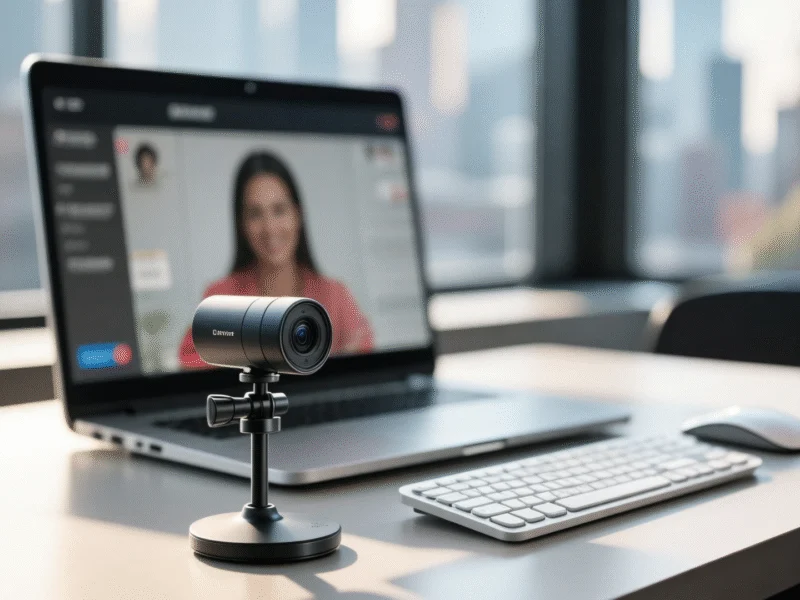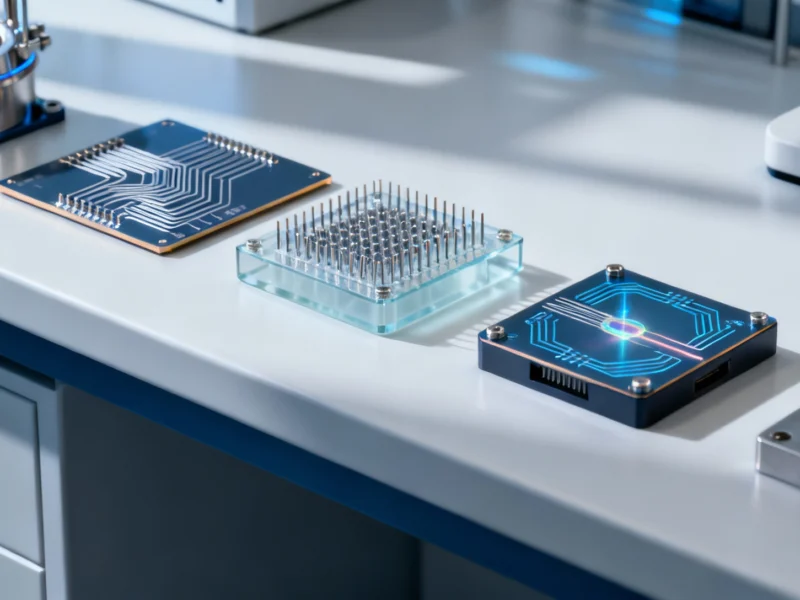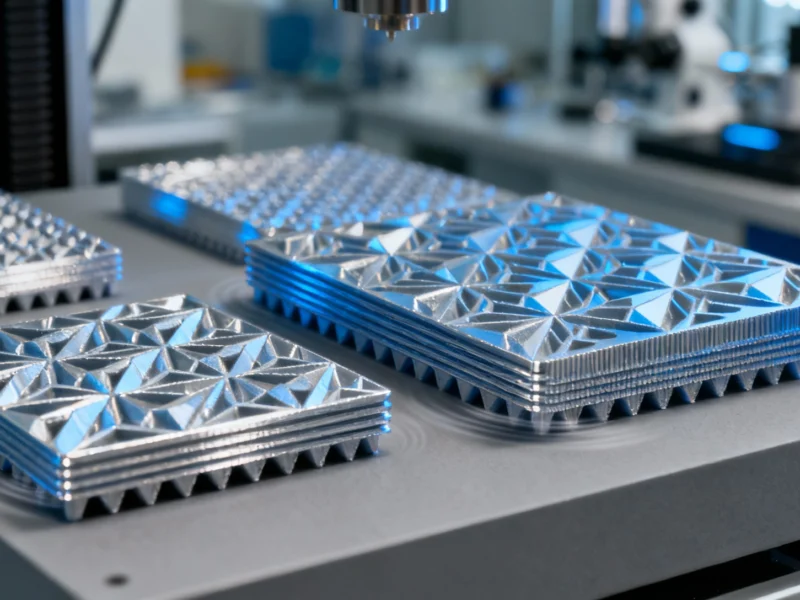Transforming Touch Interaction Through Fluid Technology
In a significant advancement for human-computer interaction, researchers at the University of Bath have developed HydroHaptics, a groundbreaking system that enables natural, adaptive feedback through fluid-filled chambers. This innovation represents a fundamental shift from traditional rigid interfaces toward soft, deformable materials that can physically communicate with users. As detailed in recent coverage of fluid-based touch interface technology, this approach marks a departure from conventional glass screens and hard plastic buttons, opening new possibilities for intuitive interaction with everyday objects.
The technology, presented at the prestigious ACM Symposium on User Interface Software and Technology, earned an honorable mention award for its innovative approach to combining digital responsiveness with physical softness. This combination has proven challenging in previous haptic research, making HydroHaptics a notable breakthrough in the field. The system’s ability to maintain material flexibility while providing high-quality tactile feedback addresses a longstanding limitation in deformable interface design.
How HydroHaptics Works: The Science Behind the Sensation
At the core of HydroHaptics is a compact motor connected to a sealed, liquid-filled chamber that transmits tactile sensations through deformable materials. When users interact with a HydroHaptic surface through presses, squeezes, or twists, the motor generates vibrations, clicks, or moving resistance that simulate realistic touch feedback. The liquid chamber distributes these sensations evenly across the surface while preserving the material’s natural softness and shape.
Professor Jason Alexander, who leads the project, emphasizes that the goal was to create reliable two-way communication between people and soft materials. “With this system, we can incorporate high-quality haptic feedback in soft deformable interfaces for the first time,” Alexander explained. “It opens the door to new forms of interaction that are far more natural than pressing hard buttons or tapping glass screens.” The system detects user input through object deformation while the surface delivers haptic responses that confirm actions.
Practical Applications and Real-World Demonstrations
The research team has embedded HydroHaptics into various common items to demonstrate its practical potential. A cushion containing a small HydroHaptic pouch can control smart home devices through pressing or squeezing motions. A flexible joystick delivers dynamic physical feedback during gaming sessions, creating realistic sensations of tension or impact. A backpack integrated with the technology conveys navigation cues and notifications through gentle taps or pressures applied to the shoulders.
Perhaps most impressively, a prototype computer mouse featuring a silicone dome allows users to sculpt 3D digital objects by manipulating the surface’s shape, with stiffness and resistance changing in real time as the virtual sculpture evolves. These applications demonstrate how HydroHaptics could redefine touch interaction across multiple domains, from technology manufacturing sectors to consumer electronics.
Advantages Over Traditional Haptic Systems
Previous attempts at creating deformable interfaces have struggled to balance flexibility with precise feedback. Conventional haptic devices typically rely on localized vibration points or stiff mechanical components that compromise softness and realism. In contrast, the liquid-based transmission system developed at Bath enables smooth, distributed sensations across broad surfaces.
This approach provides response resolution and scale that researchers claim surpasses what other laboratories have achieved. The technology maintains surface softness regardless of how users twist or pinch it, creating a more natural interaction experience. As James Nash, PhD researcher and project co-lead, noted: “The surface remains soft and flexible no matter how you twist or pinch it – that’s what sets it apart.”
Future Development and Commercial Potential
While currently in the research phase, the Bath team sees significant commercial potential for HydroHaptics. One primary focus is reducing the size and weight of the haptic engine to make the technology suitable for consumer products. Professor Alexander indicated that the positive reception at the UIST conference suggests growing industry interest, stating that “given sufficient resources, it wouldn’t be unrealistic to see HydroHaptics appear in a product within a couple of years.”
The technology’s potential extends across multiple sectors, including wearable computing where it could deliver directional signals or alerts through compressive sensations, reducing reliance on visual or auditory instructions. In design and simulation fields, the high-fidelity feedback could mimic the tactile detail of modeling clay or medical tissue. The system’s development comes amid broader technological advancements, including breakthroughs in quantum physics research and evolving global trade relationships affecting technology sectors.
Redefining Digital Interaction
HydroHaptics represents a significant step toward making digital interactions feel more like physical experiences, bringing softness, texture, and motion into computing language. The technology bridges the gap between the digital and physical worlds, creating interfaces that respond to human touch in ways that feel natural and intuitive. As research continues and commercial applications develop, HydroHaptics could fundamentally transform how we interact with technology in our daily lives, moving beyond rigid screens and buttons toward interfaces that adapt to human touch rather than requiring humans to adapt to technology.



